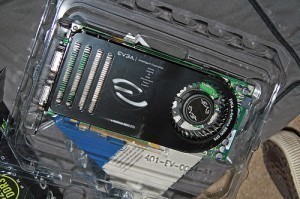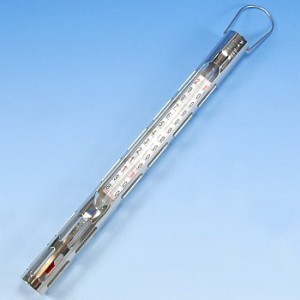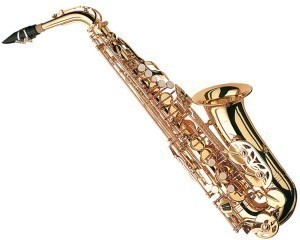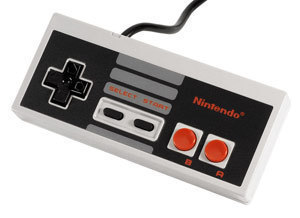Size of Graphics Cards
There are different graphics card sizes, depending on the manufacturer, range and quality. Most of the mid range cards are 8 to 9 inches long. However, other cards are 10.6 to 11.6 inches long. These devices also called video cards.
Overview
The video card is the piece of hardware that makes it possible to display the images on the monitor. These cards are now available in a wide variety of designs. Their features also differ significantly. These cards are able to display images at different resolutions.
They can also display different numbers of colors.
If you have an LCD (liquid monitor display) monitor, make sure the card supports the native resolution. However, CRT (cathode ray tube) displays do not possess native resolutions. Regardless of the graphics card sizes, make sure the card can handle the monitor’s highest resolution.
Memory
The video card memory determines how effectively the images can be displayed. Compared to text, graphic images require more memory to be displayed. A well designed video card will have its own memory chips to handle the images.
 Many cards sold today have at least 128 MB of RAM. If you are going to play lots of games, you will need plenty of video card RAM. Extra memory is also required for watching movies, 3D rendering and animation.
Many cards sold today have at least 128 MB of RAM. If you are going to play lots of games, you will need plenty of video card RAM. Extra memory is also required for watching movies, 3D rendering and animation.
The GPU
The GPU is the graphics processing unit. It is a chip set on the video card. It is similar to the computer CPU. The GPU handles the data it receives in parallel pipelines.
The more pipelines the card has, the quicker the data processing will be. Dual GPU’s can go a long way towards improving performance. The bus speed also affects the card’s overall capabilities.
Video Card Fans
Video cards produce heat when in use. To avoid problems, fans are built in the device. Fan quality varies depending on the brand. You can have them replaced if necessary. Some people want to replace the built-in fans because they are too noisy.
There are also fanless video cards being sold. These use heat syncs to prevent heat from gathering on the GPU. The biggest benefit of fanless video card is the lack of noise. Fanless video cards also mean a smaller footprint; you don’t have to make room for the fan.
Because the graphics card sizes vary, make sure the one you get can fit in the motherboard. However, many of the new computers sold today can handle cards of many different lengths.





